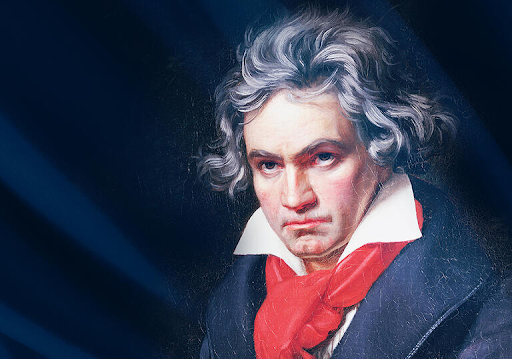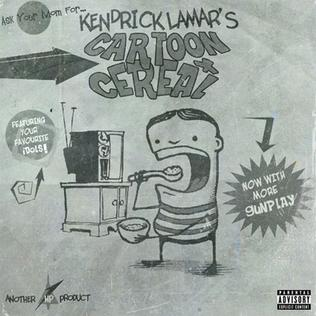Ludwig van Beethoven was a German pianist born in 1770. He’s well known for his piece, “Für Elise”. However, the young musician lost his hearing at age 26. Despite this setback, he went on to write famous songs that modern musicians still play today.
In 1792, Beethoven moved from Germany to Vienna, where he met other composers, like Austrian Joseph Haydn, who inspired Beethoven to begin to conduct music. Four years later, Beethoven began to suffer hearing loss caused by tinnitus. Despite this, Beethoven was still able to play piano.
One thing to take into consideration was that Beethoven wasn’t born deaf. According to Classic FM, he began his piano career at the age of 12 in 1782. Beethoven had been playing piano for over 10 years before he lost his hearing, so he could remember the notes, pitches, and cords that work well in songs. According to Popular Beethoven, in 1797, Beethoven began to lose the ability to hear the differences between frequencies, and suffered from on and off buzzing sounds in his ears. Unfortunately, after this, it was too hard for him to hear the differences in the notes, so he quit performing publicly. He went on to only play and write music to himself.
The reason Beethoven could play piano was his use of hearing aids. Popular Beethoven continues saying he used hearing aids that looked like horns that he’d put up to his ear to funnel surrounding sound into his ear. This would enhance music or voices, allowing him to hear more clearly. Other times, Beethoven would put his ear to the piano to hear the music more clearly or feel for the vibration of the sound, since sound travels in waves. These are some of the ways Beethoven wrote his music. He could have also used muscle memory to remember how to play certain songs.
Beethoven is an example of an amazing conductor and pianist showing how he continued to write music despite being unable to hear clearly. At age 40, Beethoven wrote Für Elise, which was almost 15 years after he started to lose his hearing. He pursued his passion of writing music until his death in 1827.




















